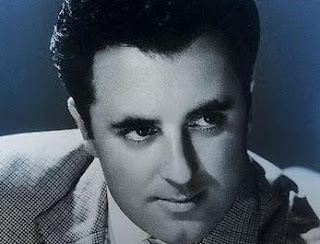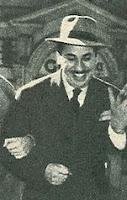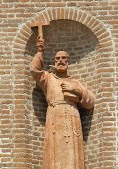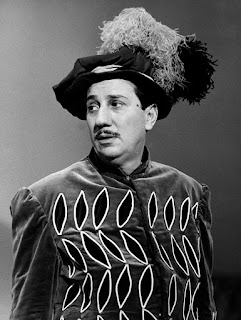Constantino Brumidi - painter
Rome-born artist responsible for murals in US Capitol Building
Constantino Brumidi, an artist whose work provides the backcloth to the daily business of government in the United States Capitol Building in Washington, was born on this day in 1805 in Rome. Brumidi’s major work is the allegorical fresco The Apotheosis of Washington, painted in 1865, which covers the interior of the dome in the Rotunda. Encircling the base of the dome, below the windows, is the Frieze of American History, in which Brumidi painted scenes depicting significant events of American history, although the second half of the work, which he began in 1878, had to be completed by another painter, Filippo Costaggini, as Brumidi died in 1880. Previously, between 1855 and about 1870, Brumidi had decorated the walls of eight important rooms in the Capitol Building, including the Hall of the House of Representatives, the Senate Library and the President’s Room. His Liberty and Union paintings are mounted near the ceiling of the White House entrance hall and the first-floor corridors of the Senate part of the Capitol Building are known as the Brumidi Corridors. Brumidi arrived in the United States in 1852, having spent 13 months in jail in Rome following the upheaval caused by the occupation of the city by French forces and the revolution among Roman citizens. Read more…
____________________________________________________________________
Pope Paul II
Flamboyant pope who helped make books available to ordinary people
Pietro Barbo, who became Pope Paul II, died on this day in 1471 in Rome at the age of 54. He is remembered for enjoying dressing up in sumptuous, ecclesiastical finery and having a papal tiara made for himself, which was studded with diamonds, sapphires, emeralds, topaz, large pearls and many other precious gems. Barbo was born in Venice and was a nephew of Pope Eugenius IV through his mother and a member of the noble Barbo family through his father. He adopted a spiritual career after his uncle was elected as pope and made rapid progress. He became a cardinal in 1440 and promised that if he was elected pope one day he would buy each cardinal a villa to escape the summer heat. He then became archpriest of St Peter’s Basilica. It was reported that Pope Pius II suggested he should have been called Maria Pietissima (Our Lady of Pity) as he would use tears to help him obtain things he wanted. Some historians have suggested the nickname may have been an allusion to his enjoyment of dressing up or, possibly, to his lack of masculinity. Barbo was elected to succeed Pope Pius II in the first ballot of the papal conclave of 1464. Beforehand an agreement had been drawn up that bound the future pope to continue the Turkish war, to not journey outside Rome without the consent of the majority of the cardinals, nor to leave Italy without the consent of all of them. Read more…
___________________________________________________________________
Francesco Cossiga - Italy's 8th President
Political career overshadowed by Moro murder
Former Italian President Francesco Cossiga was born on this day in 1928 in the Sardinian city of Sassari. Cossiga, a Christian Democrat who had briefly served as Prime Minister under his predecessor, Sandro Pertini, held the office for seven years from 1985 to 1992. He was the eighth President of the Republic. His presidency was unexceptional until the last two years, when he gained a reputation for controversial comments about the Italian political system and former colleagues. It was during this time that another heavyweight of the Italian political scene, Giulio Andreotti, revealed the existence during the Cold War years of Gladio, a clandestine network sponsored by the American secret services and NATO that was set up amid fears that Italy would fall into the hands of Communists, either through military invasion from the East or, within Italy, via the ballot box. Cossiga admitted to have been involved with the creation of Gladio in the years immediately following the end of the Second World War. This led to renewed speculation surrounding the kidnap and murder of former Prime Minister Aldo Moro in 1978, an event that prevented a vote in the Italian parliament on the so-called 'historic compromise' whereby the Italian Communist Party, which was riding a peak of popularity at a time in which Italy seemed especially vulnerable to social unrest, would be given a direct role in government for the first time. The event was a key moment in Cossiga's political career. Read more…
Home


























